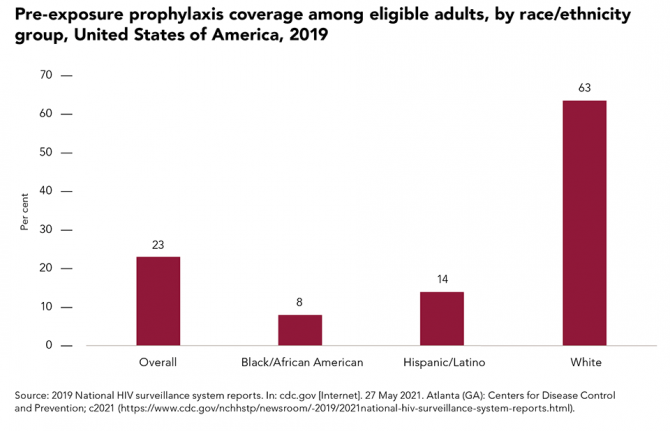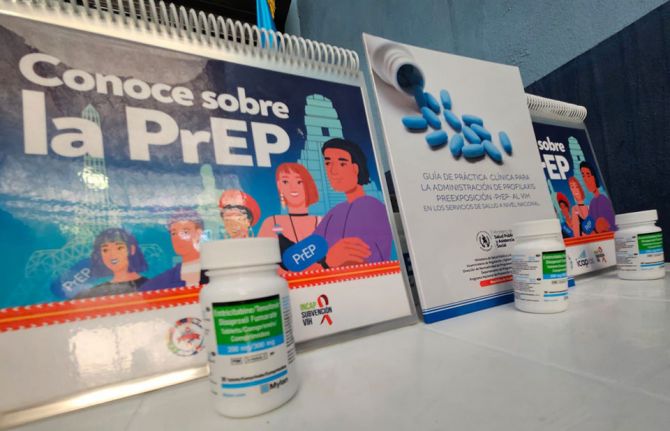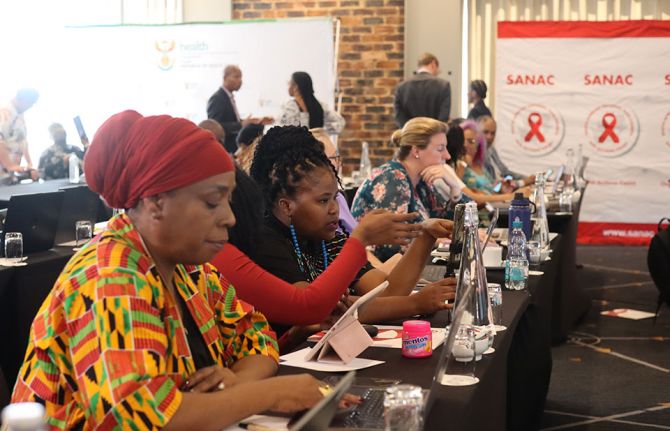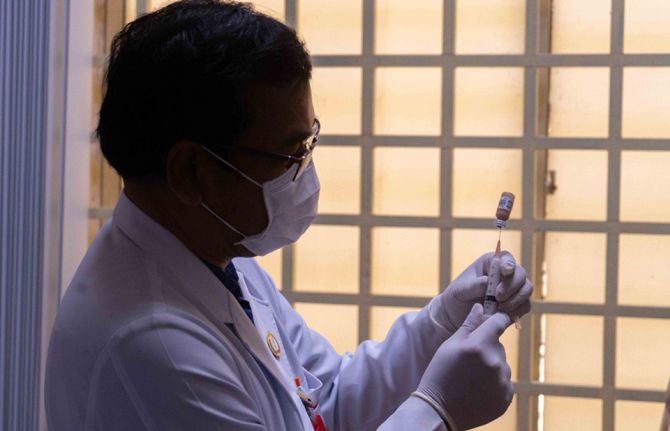

Update
Race affecting HIV service provision in the United States of America
15 November 2021
15 November 2021 15 November 2021HIV service disparities by race have been documented in several parts of the developed world.
In the United States of America, black people account for a disproportionately large percentage of new HIV infections in the country: 41% in 2019, although they represent only about 13% of the national population. This is in part due to lower coverage of HIV prevention services. Just 8% of black Americans and 14% of Hispanics/Latinos who were eligible for pre-exposure prophylaxis were prescribed it, compared to 63% of whites.
Studies also report significant racial disparities in HIV treatment outcomes, with delayed initiation of treatment and care, lower adherence to antiretroviral therapy, increased stigma and discrimination, mistrust of or lack of access to health-care providers and inadequate access to health insurance among the contributing factors. Many of these gaps are among black and Latino gay men and other men who have sex with men, who must contend with both racial inequalities and homophobia.



